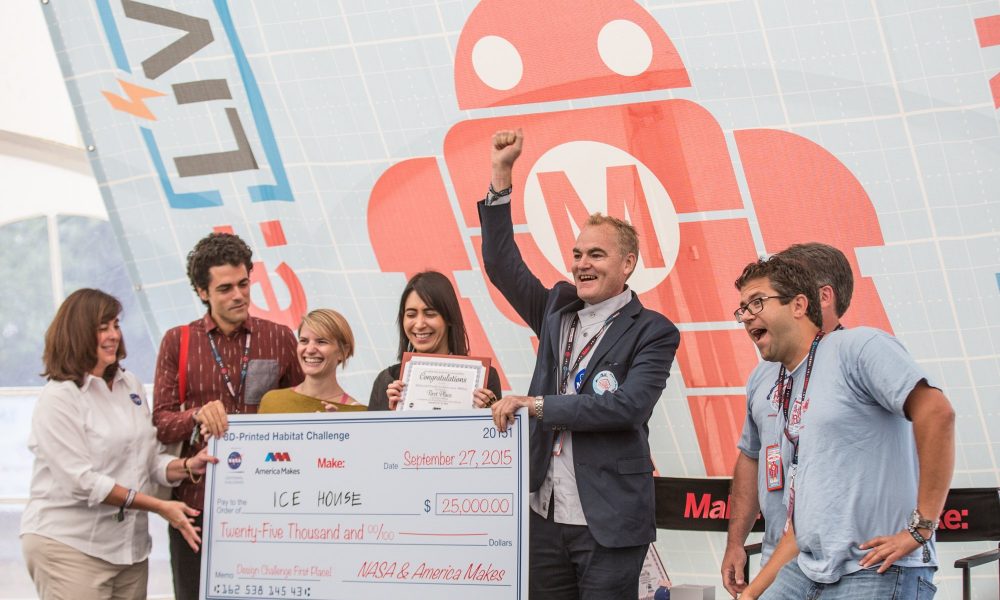

Today we’d like to introduce you to Melodie Yashar.
Melodie, can you briefly walk us through your story – how you started and how you got to where you are today.
I am a designer and architect with an emphasis on human factors design for aerospace born and raised in LA. I lived in New York and Milan before returning to California once again. I completed my bachelors at UC Berkeley until realizing my true calling and passion is design. I switched gears after finishing my undergrad and attended Art Center in Pasadena to study Industrial Design over the course of a fellowship period. From there I worked for over a year within an architectural practice in Milan, Italy. I made some of the best friends of my entire life there, and connected with a rich family history of design thinking, curation, and practice. From there I went to grad school for architecture at Columbia University in New York, and practiced as an architect and designer for some years.
The year after I graduated Columbia a number of my colleagues and I submitted a proposal to NASA’s Phase 1 3D-Printed habitat Competition—space and technology being long-term interests and passions of mine. Much to our surprise we won first place beating both the European Space Agency as well as Foster & Partners. Ever since, our small team has consulted on a number of aerospace projects from industry leaders. We’ve continued our participation in the 3D-Printed Habitat Competition and recently placed in the top 5 of NASA’s Phase 3 competition. In the past several months I have contracted with NASA Ames’ Human Systems Integration Division as a Design Lead. My long term ambition is to celebrate and promote the value of design thinking within engineering practices and industries that do not always see the benefit of a designer’s perspective when designing tools, environments, and technology interfaces that will be used by people. The discipline itself is known as human factors engineering, and I’m very proud and excited to acknowledge myself as a designer aiming to transform the human experience and the habitability of future spacecraft and surface habitats on the Moon, Mars, and beyond.
Has it been a smooth road?
There have definitely been struggles, yes. The year after we won NASA’s Phase 1 3D-Printed Habitat Competition, I was working to attain sponsorship and partnership to continue in Phase 2 of the competition, which entailed the construction of functional 3D-printed structural prototypes. I was working with 2 material scientist specialists in ceramic sintering as well as two interns. We were able to receive substantial financial support but not nearly enough to advance in the competition. After beginning collaborations with Apis Cor (our current technology partner), we realized the timeline would be too tight for us to submit to the Phase 2 competition, not the least of which was because the 3D-printer needed several months to pass through customs and arrive in the United States. It was disappointing having to back out on the opportunity, particularly in light of the research we had conducted on the material mixture for 3d-printing. However, we are grateful and excited to now be collaborating on the third Phase of the competition, for which we have already placed in the top 5 for Level 1.
So let’s switch gears a bit and go into the SEArch+ / Space Exploration Architecture story. Tell us more about the business.
SEArch+ LLC (Space Exploration Architecture) develops human supporting design concepts for space exploration. Continuing a decade-long association with NASA’s Johnson Space Center Human Habitability Division & Langley Research Center, the mission of SEArch+ is to conceive, investigate, and develop innovative ‘human-centered’ designs enabling human beings not only to live, but to thrive in space environments beyond Earth.
Founded in 1996 at New York City’s Columbia University Graduate School of Architecture by the late architect and Professor Yoshiko Sato.
Working with leading aerospace, robotic experts and engineers, SEArch+ won first place in NASA’s Phase I Design Competition for a 3D-Printed Habitat with their proposal, Mars Ice House. Members of SEArch+ are active collaborators with NASA Langley Research Center on the Mars Ice Home (myself included), professors at Pratt Institute’s School of Architecture and Design (myself included), and are the recipients of NASA Exploration (X-HAB) Innovation Grants in 2015 and 2016 for a Mars Transit and Mars Surface Habitats.
How do you think the industry will change over the next decade?
This is a great question. At the moment there is a big emphasis on ‘smart’ or connected systems that can target and anticipate failure within a habitat system or any kind of hardware network ahead of time. We are seeing similar likenesses already with consumer devices like Nest. For surface habitats and transit habitats of the future, networked environments monitored by sensors will be an essential part of technology development. I believe we’ll see more features and components having to do with networked technology and the ‘internet of things’ as it’s called within our homes of the future.
Contact Info:
- Website: www.spacexarch.com
- Phone: 917-655-4077
- Email: [email protected]

Mars Ice House, SEArch+ / Clouds AO

 Mars Ice House, SEArch+ / Clouds AO
Mars Ice House, SEArch+ / Clouds AO Mars X-House, SEArch
Mars X-House, SEArch
 Mars Ice House, SEArch+ / Clouds AO
Mars Ice House, SEArch+ / Clouds AO

Mars Ice House, SEArch+ / Clouds AO
Image Credit:
Portrait – Lydia Hudgens photography
3D-Printed Habitat Phase 1 photos – SEArch+ and Clouds AO
3D-Printed Habitat Phase 3 photos – SEArch+
Getting in touch: VoyageLA is built on recommendations from the community; it’s how we uncover hidden gems, so if you know someone who deserves recognition please let us know here.



















